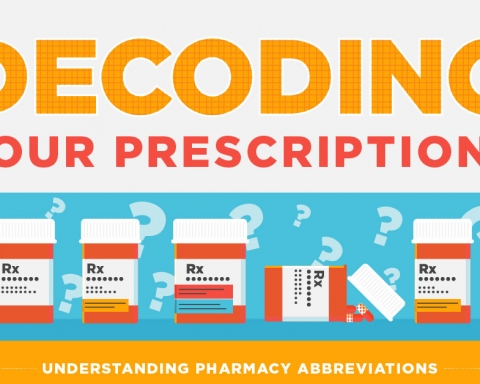A buffered solution is one that resists changes in its pH when small amounts of acid or base are added, or when the solution is diluted. Buffer solutions contain an acid to react with added OH− and a base to react with added H+. These can be any weak acid–weak base pair, but are usually a conjugate acid–conjugate base pair. The pH of the buffer depends on the pKa of the buffering substance and on the relative concentrations of conjugate acid and base, and can be calculated using the Henderson–Hasselbalch equation.
Acidic buffer solutions (pH < 7) are commonly made from a weak acid and one of its salts—often a sodium salt. An example is a solution of acetic acid (pKa=4.75) and sodium acetate. If the solution contains equimolar concentrations of the acid and salt, it will have a pH of 4.75.
An alkaline buffer solution (pH > 7) is commonly made from a weak base and one of its salts. An example is a solution of ammonia (pKa =9.25) and ammonium chloride. If these are mixed in equimolar proportions, the solution has a pH of 9.25.
[wp_ad_camp_1]
Buffer Capacity
The ability of a buffer to maintain constant pH is known as its buffer capacity. It is defined as the amount of acid or base that can be added to a given volume of the buffer solution before pH changes to an appreciable degree. A buffer system is most useful at a solution pH at or close to its pKa, because there are adequate concentrations of both the conjugate acid and base forms of the buffer to neutralize added acid or base. Thus, the most effective buffers (with a large buffer capacity) contain the acid and base in large and equal amounts. Pharmaceutical formulations are often buffered to control pH and thus help to minimize drug degradation, improve patient comfort and compliance, or allow delivery of a sufficient drug dose.








